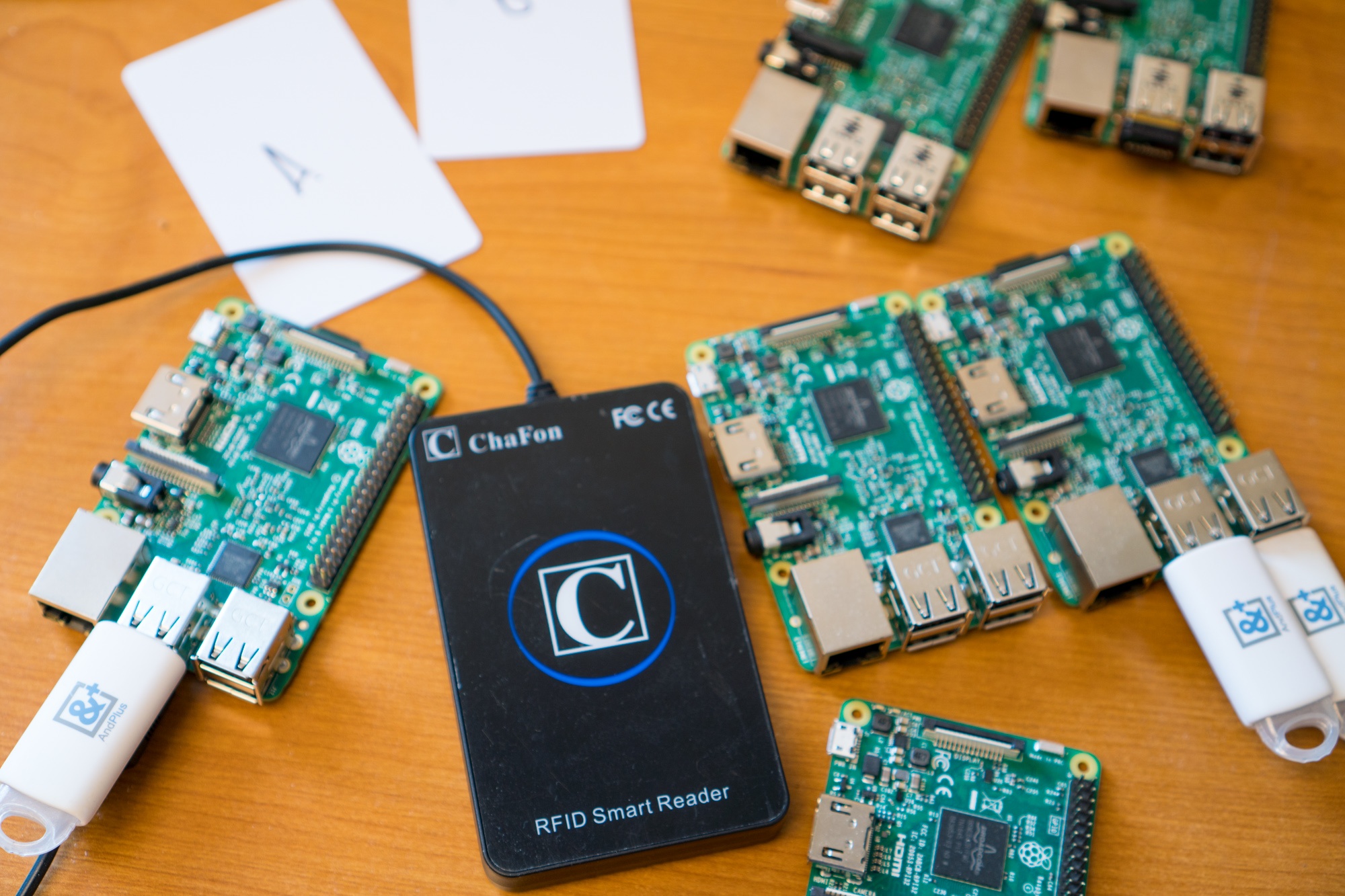Resources > Projects
Blockchain Security & System Optimization: RFID Proof of Concept
DELIVERABLES
A Blockchain RFID logging system built on the Ethereum ERC-20 platform.
TECHNOLOGIES USED
- Rasperry Pi
- RFID Key Cards & Scanners
- Custom Ethereum Blockchain
Blockchain security technology is all the rage these days. Bitcoin brought the tech to popularity but we've found that the Ethereum blockchain is a valuable tool for research & development. Our innovation team set out to customize the Ethereum blockchain and create a real-life use case. Our expertise in IoT technology made this project a bit of a no-brainer.
TECHNICAL DEEP-DIVE

A Newbies Guide to Blockchain
READ NOW
The AndPlus Innovation Lab is where our passion projects take place. Here, we explore promising technologies, cultivate new skills, put novel theories to the test and more — all on our time (not yours).

OUR RESEARCH
Modern key card and RFID access systems rely on geographically redundant database systems to store their scan records. In order to maintain the security of their systems the companies providing these services must continuously expand their number of servers and datacenter locations. The usage of standard relational database systems also opens these companies to data manipulation threats from both internal and external actors.
Blockchain technology provides a pathway to resolving both of the aforementioned issues. The usage of a decentralized network of worker nodes that double as storage units allows for a rapid and low-cost expansion of the system. Each node is able to store the full history of access attempts providing redundancy while also decreasing the time it takes a new access attempt to be added to the ledger by increasing network coverage.

DELIVERABLE
The end result of the project were a series of Raspberry Pi IoT devices with connected RFID key card scanners. Each node is able to receive a card scan and create an entry on the blockchain for that attempt. The other nodes confirmed the transactions, solidifying them in history across the network. Traditional servers provided additional mining strength to the small network, simulating where existing enterprise infrastructure can be better utilized. The IoT nodes provided a user interface showing the access attempt as well as the recent history of scans.
The network architecture was built with a client based SaaS model in mind by encrypting the transaction data with keys only available to the client system. This configuration allowed for every new client of the service provider to add strength and storage capability to the network without the ability to read transaction access log data of other clients.
HOW IT WAS DONE
- The Ethereum Blockchain was customized to provide a private network with minimal fees for transactions
- Access attempts and metadata was stored within traditional transactions in an encrypted state only readable by the nodes specific to the relevant client configuration
- A Windows IoT application was built for the Raspberry Pi architecture that was able to interact with the blockchain to both create and display transactions
GET IN TOUCH
LET’S BUILD SOMETHING AWESOME. TOGETHER.

